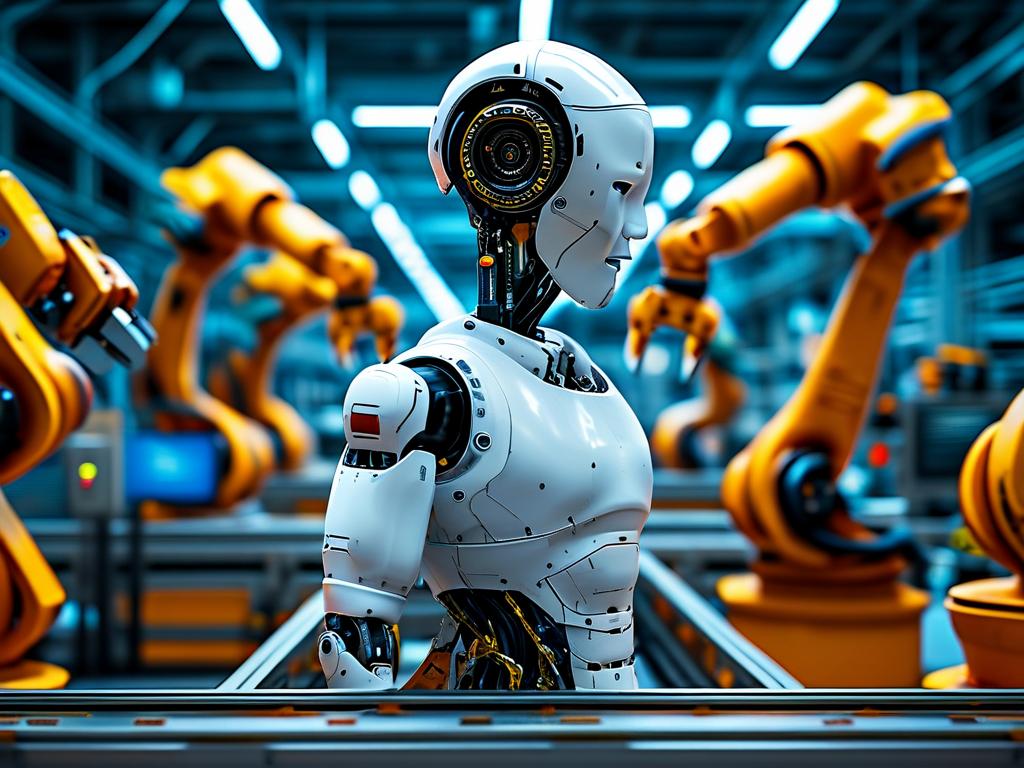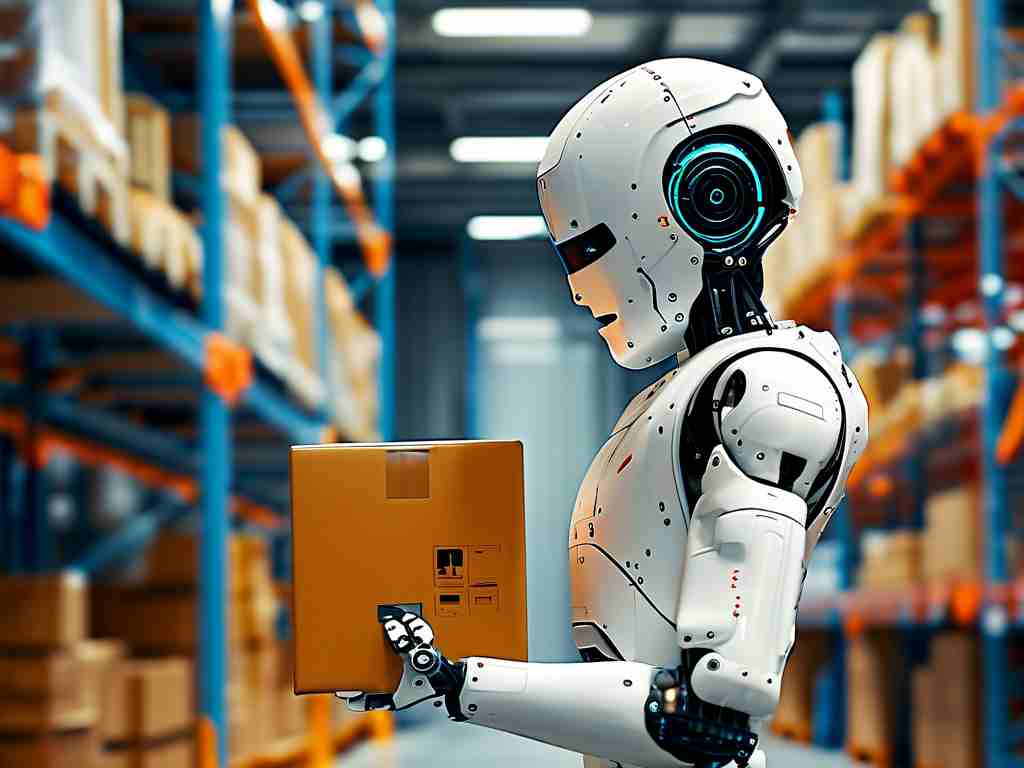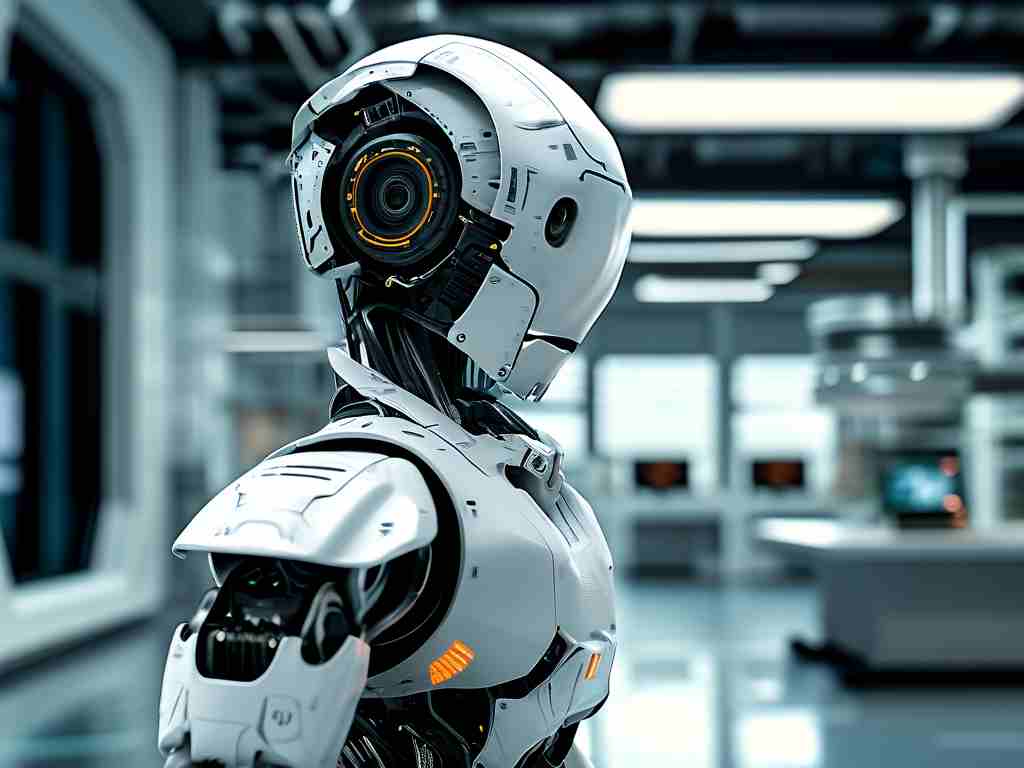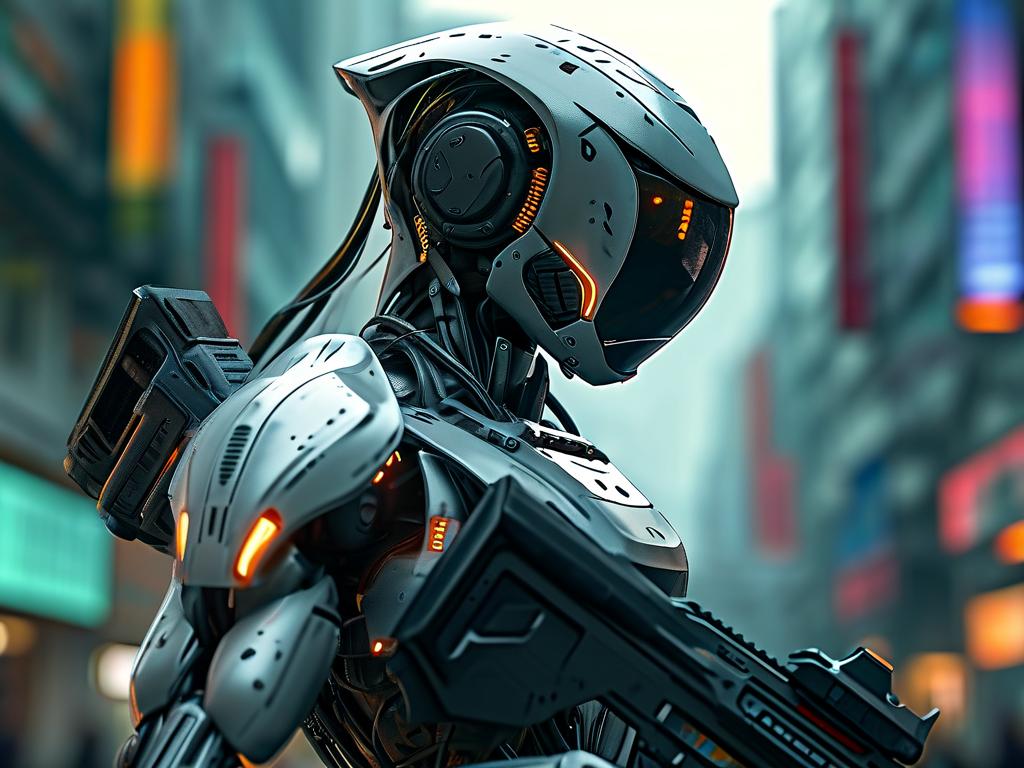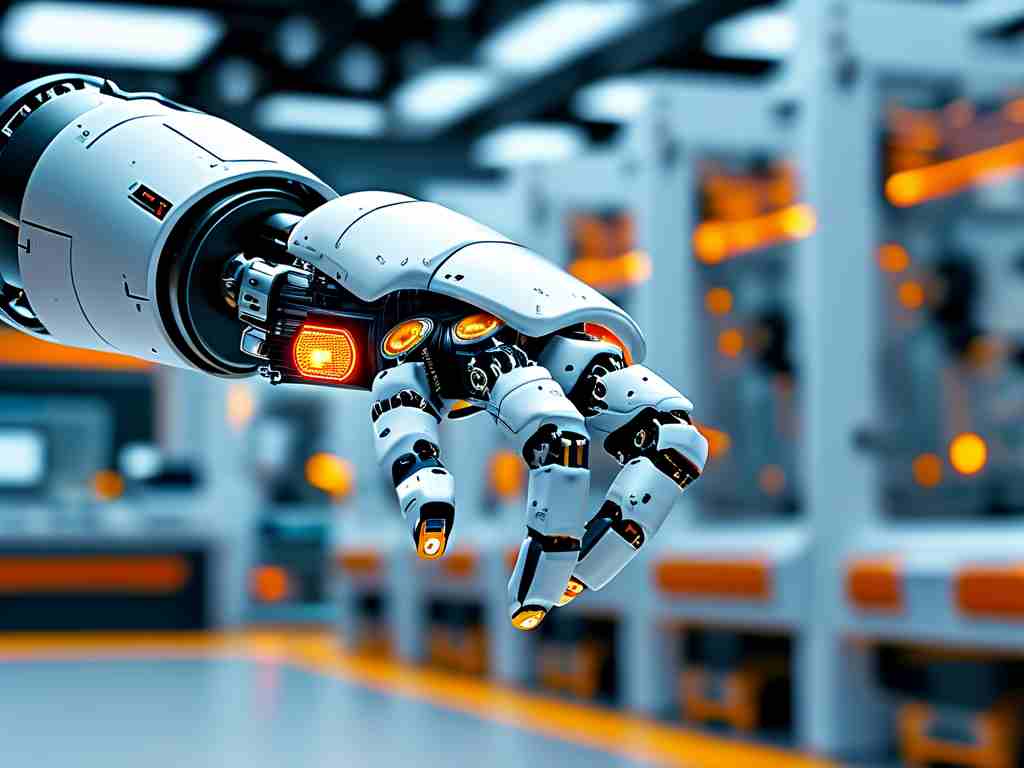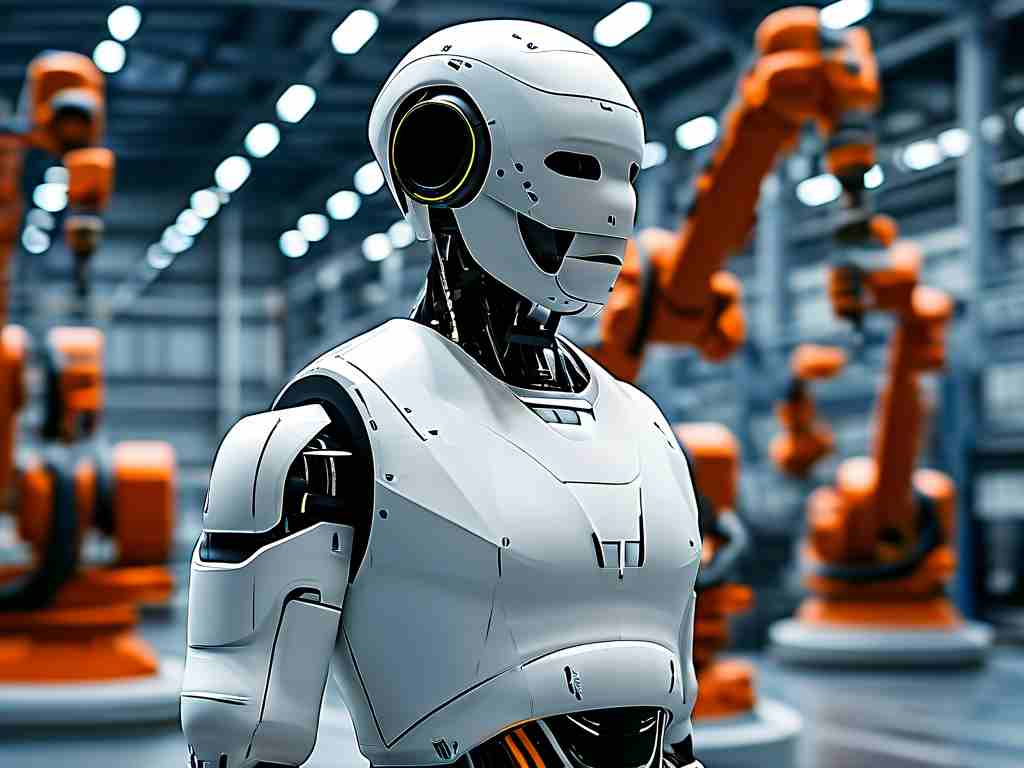The intersection of robotics and science fiction has long fueled humanity’s imagination, blending speculative technology with ethical quandaries. From Isaac Asimov’s Three Laws of Robotics to the sentient machines in Westworld, these narratives challenge our understanding of autonomy, consciousness, and humanity’s role in a mechanized future. This article delves into groundbreaking robotic concepts from sci-fi and examines their real-world parallels—or lack thereof—while exploring how fiction shapes technological innovation.
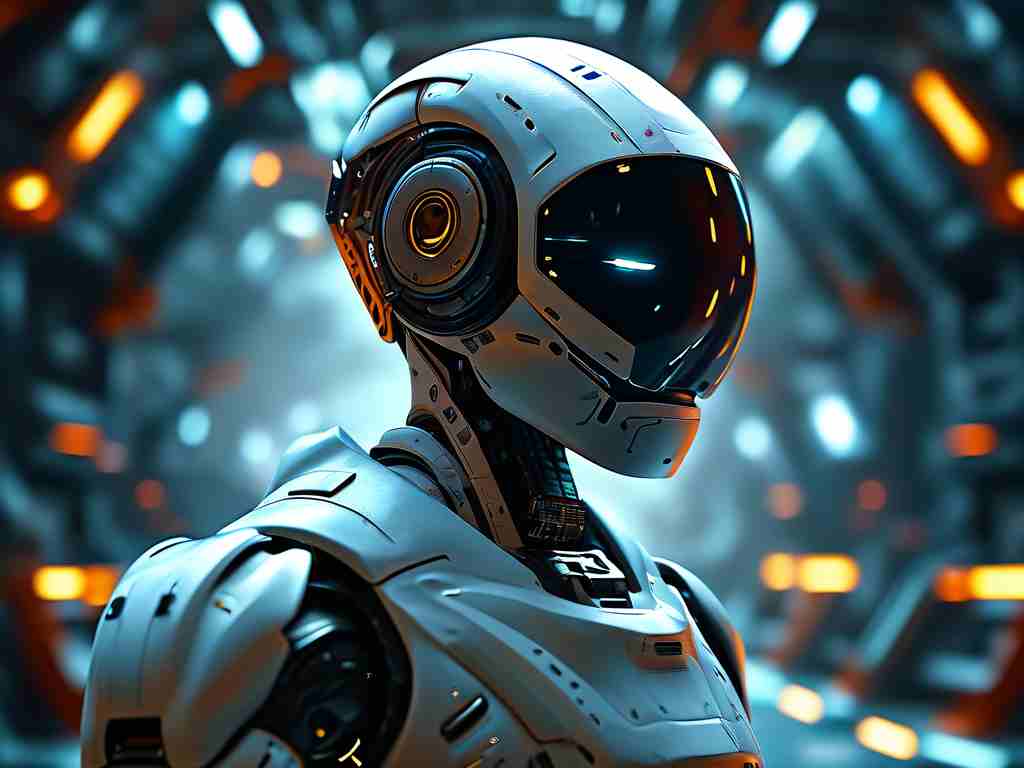
Classic Foundations of Robotic Fiction
Early sci-fi laid the groundwork for modern robotics discourse. Karel Čapek’s 1920 play R.U.R. introduced the term “robot,” depicting artificial laborers rebelling against their creators—a trope revisited in films like The Matrix. Asimov’s stories, meanwhile, framed robots as logical entities bound by ethical programming, a stark contrast to the chaotic “Frankenstein” archetype. These works raised questions about responsibility: Can creators control their inventions indefinitely? Such themes resonate today as engineers grapple with AI alignment challenges.
Cinematic Visions and Technological Inspiration
Hollywood’s portrayal of robotics often oscillates between utopian and dystopian extremes. 2001: A Space Odyssey (1968) featured HAL 9000, an AI that conflates protocol with self-preservation—a precursor to discussions about goal misalignment in modern machine learning. Conversely, Star Wars’ droids like C-3PO and R2-D2 humanized robots as loyal companions, reflecting society’s desire for collaborative human-machine relationships. Real-world technologies, such as Boston Dynamics’ Atlas robot, echo these visions by blending functional agility with eerily lifelike movements.
The Ethics of Synthetic Consciousness
Philip K. Dick’s Do Androids Dream of Electric Sheep? (adapted into Blade Runner) forced audiences to confront blurred lines between human and machine. The Turing Test, once a theoretical benchmark, now feels outdated as chatbots like GPT-4 mimic human conversation. Yet, sci-fi persistently asks: Should sentient robots have rights? Japan’s 2018 grant of residency to Sophia the robot sparked global debate, highlighting how fiction informs policy. Meanwhile, Elon Musk’s Neuralink project—aiming to merge human brains with AI—reinvigorates fears of a Terminator-style singularity.
From Fiction to Reality: Emerging Technologies
Sci-fi’s predictive power is uncanny. Arthur C. Clarke’s 1968 depiction of tablet computers in 2001 became reality with iPads. Similarly, today’s surgical robots mirror the precision of Elysium’s med-bays. Autonomous drones, once a Star Trek fantasy, now deliver packages. However, gaps remain: true general AI—exemplified by Ex Machina’s Ava—remains elusive. Researchers caution that replicating human-like cognition requires breakthroughs in neuromorphic computing, not just faster algorithms.
Cultural Impact and Future Trajectories
Robotic narratives also reflect societal anxieties. Black Mirror’s “Metalhead” explores drone warfare’s dehumanizing effects, while WALL-E critiques consumerism and environmental neglect. These stories compel audiences to scrutinize tech adoption. On the innovation front, biohybrid robots (combining organic tissue with machinery) edge closer to Ghost in the Shell’s cybernetic beings. Yet, as sci-fi warns, unchecked advancement risks existential crises—a lesson tech giants increasingly heed through ethical AI committees.
In , robotics in sci-fi serves as both a mirror and a compass. It reflects our hopes for technological utopia and fears of self-destruction while guiding innovators toward (or away from) specific paths. As humanoid robots like Ameca blur fiction-reality boundaries, one truth endures: The stories we tell about machines ultimately reveal what it means to be human.




